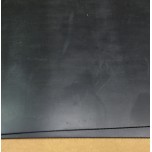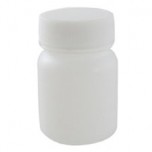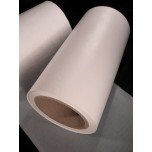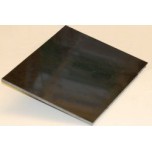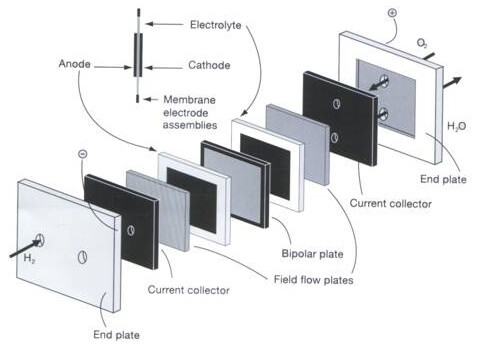 Most people wouldn’t think that much thought needs to be put into fuel cell components such as fuel cell gaskets, spacers, and end plates, however, every part of the fuel cell stack requires careful consideration. Incorrect fuel cell gaskets and end plates can lead to gas leaks and insufficient fuel cell stack compression. We will discuss some of the characteristics of fuel cell gaskets and end plates in this blog post.
Most people wouldn’t think that much thought needs to be put into fuel cell components such as fuel cell gaskets, spacers, and end plates, however, every part of the fuel cell stack requires careful consideration. Incorrect fuel cell gaskets and end plates can lead to gas leaks and insufficient fuel cell stack compression. We will discuss some of the characteristics of fuel cell gaskets and end plates in this blog post.
Gas leaks can potentially lead to unused reactant and reduced fuel cell performance. Gas tightness can be improved by increasing stack compression and by finding a better gasket material. Many types of gasket materials can be used in fuel cell stacks. Some of the considerations when selecting the appropriate material should be:
• Long-term chemical stability
• Prevent mixing of fuel and oxidant
• Prevent mixing the reactants with the environment
• Vibration and shock resistance
• Electrical insulation between components
• Minimal mechanical and thermal mismatch stresses
• Stability over the required temperature range
• Low-cost
• Excellent sealing capability
• Able to be produced using low-cost stack manufacturing methods
• Prevent mechanical bonding of components (for certain fuel cell types)
These requirements are often tough to meet simultaneously and are often much more of a challenge for high-temperature fuel cells. Some commonly used gasket materials for low- temperature fuel cells include silicon, EPDM rubber, and PTFE. Gasket materials for higher temperature fuel cells are more of a challenge because it is more difficult to seal ceramic components to prevent gas leakage.
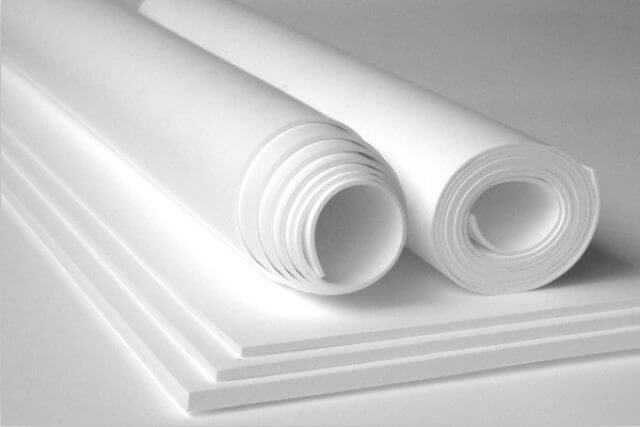
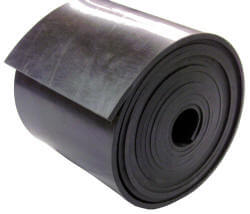
Low-temperature fuel cells often use silicon, EPDM rubber, PTFE, and variations of these materials. The advantage of silicon and EPDM gasket materials are good compressibility and therefore gas tightness. PTFE-based gaskets often require greater compressibility and are difficult to make gas-tight. These material types are relatively inexpensive and easy to shape into gaskets. Of these materials, EPDM is the best material for gas tightness, but thin EPDM sheets may not be readily available. PTFE is a little more difficult to make gas-tight than EPDM. The combination of EPDM and PTFE gaskets enables the designer to obtain the correct thickness. PTFE-coated glass fiber thread is easy to handle, and is available in several thicknesses, but requires more compression to be gas-tight. Gas tightness can be improved by bonding the gaskets to the MEA holder.
In small stacks at ambient pressure, soft gasket materials such as silicon work very well for sealing the cell. However, in large or pressurized stacks, the soft gasket materials deform under compression and may block gas flow. This can be prevented in several ways: (1) using more rigid gasket materials, (2) covering the flow channels with bridge pieces, or (3) machining the flow channels to a deeper width and depth.
There are many challenges associated with sealing high-temperature fuel cells such as SOFCs. Custom seal designs are often made for high-temperature cell and stack designs. Many planar designs require several seals per unit, and the designs can vary significantly for a given cell area. The two main types of seals that are being developed for SOFCs are bonded and compressive seals.
Bonded seals are either rigid or flexible. The rigid type of seal must have a close thermal expansion coefficient match to the other components around it. If the seal is flexible, the thermal expansion coefficient can vary to a much larger degree. The bonding temperature for a flexible seal should be between the operating temperature and the stability limit for other cell materials. One of the issues with SOFCs is the method of sealing the ceramic components to obtain no gas leakage. The current approach is to use glasses and ceramics that have transition temperatures close to the operating temperature of the cell (650 to 800 ºC). This type of seal performs well because as the cell is heated up, the material softens and forms a tight seal. Glass and glass ceramic seals also have a wide range of compositions which can be custom-made to have the desired properties. This type of seal is also low-cost, and easy to manufacture and apply. These seals also have some disadvantages, such as brittleness, and possible cell failure during cool down. In larger cells, the thermal expansion coefficient does not have a close enough match, despite the customizability of the glass ceramic material. There is also the issue of the migration of silica from glasses, which causes degradation in cell performance. These seal types sometimes can also volatilize during operation, which can negatively interact with other cell components.
Compressive seals must be elastic over the operating temperature range, and soft enough to fill the surface roughness between the parts to be sealed. Some advantages of compressive seals over bonded seals include: a reduction of thermal stress, a greater range of thermal expansion coefficients can be used, and certain types are low-cost and easy to fabricate. Some of the issues with this seal type are finding materials that can work within the desired temperature range, and pressure is required to keep the stack components together. Therefore, a load-frame is required, which can be bulky and expensive, and complicate the stack design. Another challenge is balancing the pressure between all of the components, since different parts may require different pressures to operate properly.
Compressive seals that are used for SOFCs include mica and hybrid mica seals. These seals can withstand thermal cycling but have high leak rates. This can sometimes be remedied by placing a thin layer of glass on either side of the seal. Although this process is has shown some positive results, there is still a lot of improvement needed.
The traditional fuel cell stack is designed with surfaces (bipolar and end plates) that are parallel to one another with a high degree of precision. The end plate must be mechanically sturdy enough to support the fuel cell stack, and be able to uniformly distribute the compression forces to all of the major surfaces of each fuel cell of the fuel cell stack. In fuel cell stacks containing a large number of fuel cells, the tolerance accumulation can result in substantial non-parallelism at the terminal end cells of the fuel cell stack. The material selection is wide-ranging for small, low-temperature stacks, but the larger the stack becomes, the more important it is to uniformly transmit the compressive forces to the major surfaces of the end cells of the fuel cell stack. Some fuel cell stacks are designed with the last bipolar plate doubling as the end plate (flow fields on one side, and smooth on the other side), while other stacks use a separate plate next to the last bipolar plate as the end plate. Obviously, the material selection for the flow-field/end-plate combination is limited compared to having separate bipolar and end plates. Some considerations when selecting the appropriate end plate material are:
• High compressive strength
• Vibration and shock resistance
• Stability over the required temperature range
• Low-cost
• Mechanical stability (providing support for the stack)
The following materials are commonly used as end-plate materials in fuel cells:
• Graphite
• Stainless steel
• Aluminum
• Titanium
• Nickel
• Metal foams
• PVC
• Polycarbonate
• Polyethylene
• Various other polymers
In addition to the characteristics previously listed, the endplate must be easily machinable because it often has the connections or ports for receiving sources of air, fuel, water, and any other materials needed for the fuel cell to function properly. Such ports may also be connected to each other via external conduits. These connections or ports may also link to conduits connected to valves, heat exchangers, and any other desired balance-of-plant components to connect to the fuel cell.
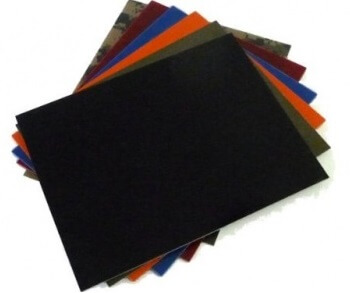
Every part of the fuel cell needs careful consideration – including parts that seem like they have minimal effect on the fuel cell power output. All fuel cell components should be carefully designed -- including the gaskets, spacers, and end plates. High-temperature fuel cell stacks will require much more design work than low-temperature stacks. Additional work will also be required when selecting the gaskets, spacers, and end plates for fuel cell stacks with large surface areas or many cells.

 Posted by
Posted by
